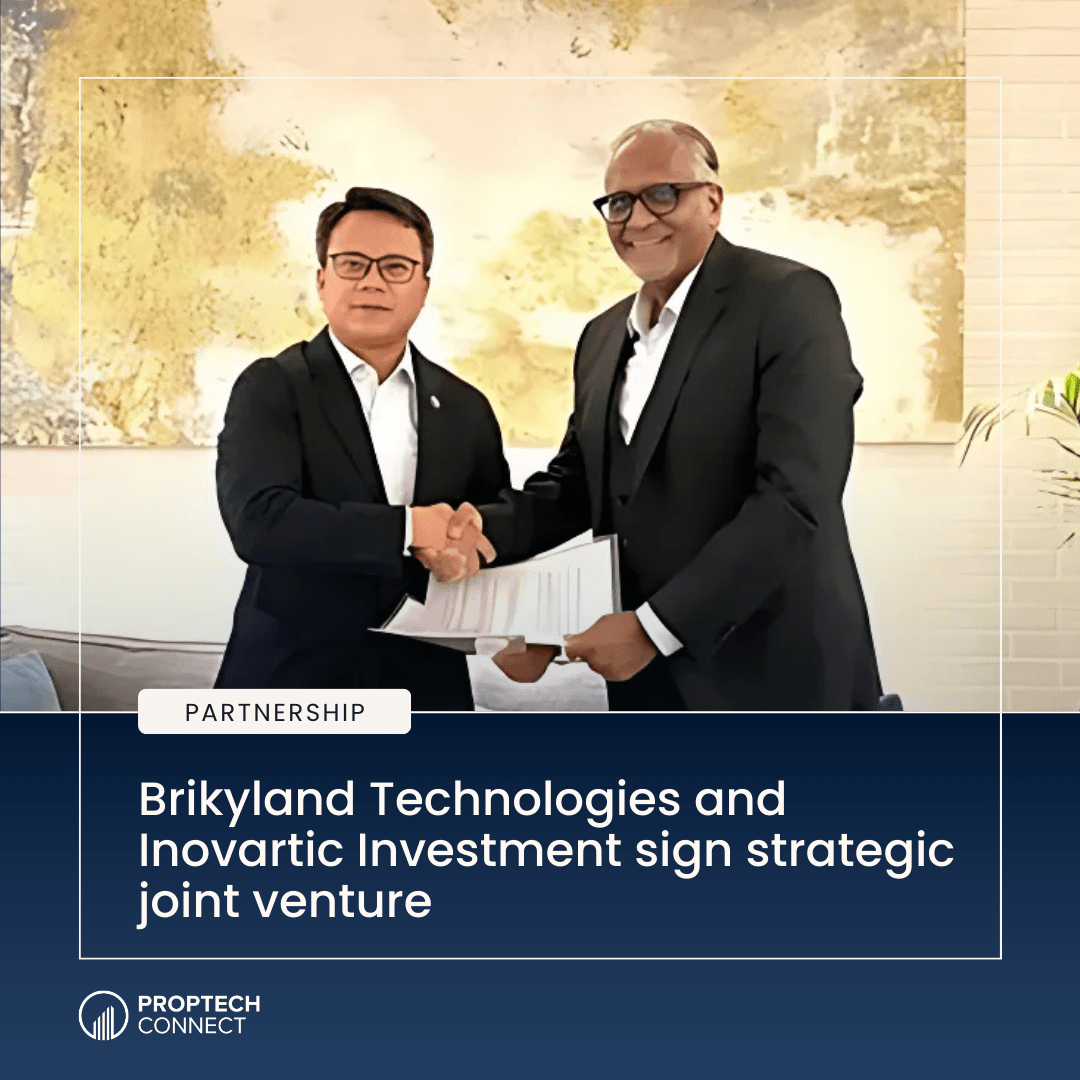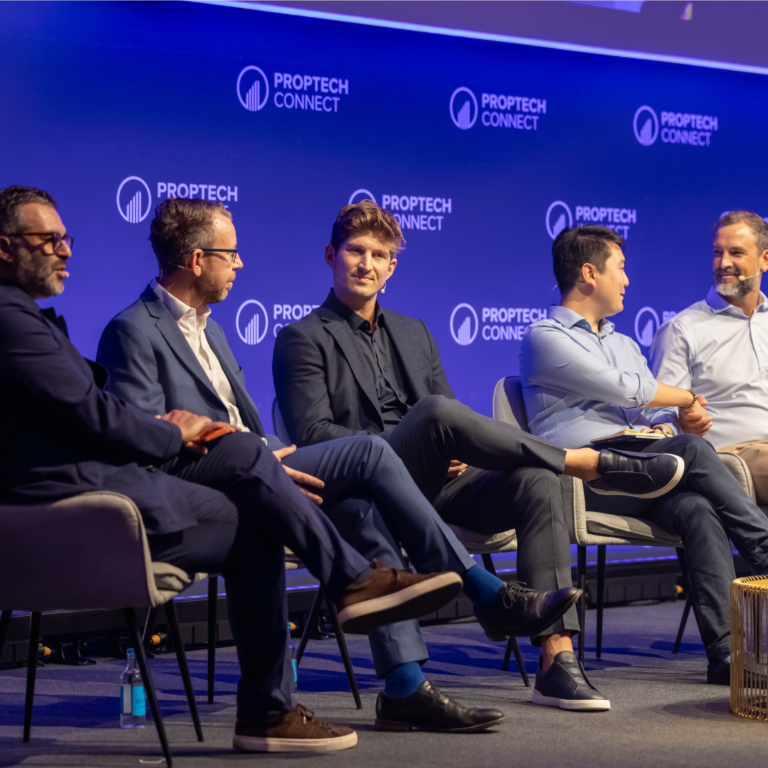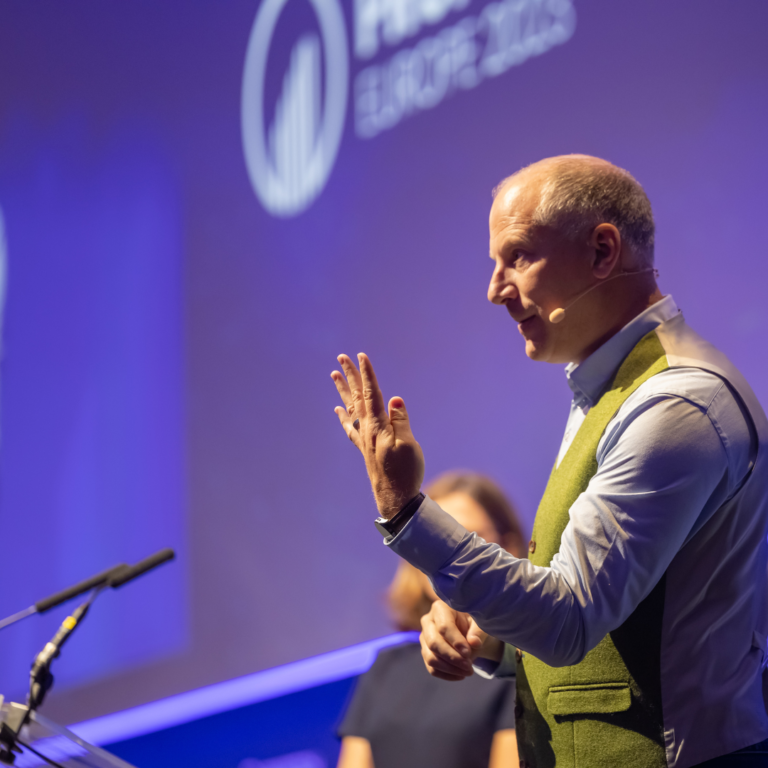
Shared 25 July, 2024
PropTech Connect » News & Insights » News

The current challenges facing the real estate industry are improving the energy efficiency of facility operations, eliminating fossil fuels, reaching high levels of decarbonisation, and significantly reducing actual energy costs.
How This Challenge is Addressed Today
The common target is attempted to be met through the optimisation of the operating modes of HVAC systems, switching from static temperature and air exchange processes to dynamic, on-demand ones. Other strategies include:
Creation, analysis, and continuous optimisation of the assets’ Business Energy Model* (BEM) are crucial in a world of constantly changing technologies, prices, climatic conditions, and other external factors. Creating and working with the assets’ BEM requires a new technology suite that integrates individual technological components from the real estate industry and PropTech into a single product. This product combines EMS, BMS, BIM, Industrial IoT, Information Management, Risk Management, Big Data, Machine Learning, AI, BI, and VR.
So far, only a few companies in the PropTech world are working in this complex segment, offering a full package of technological capabilities to address this challenge. An existing example is a solution for turning industrial heat waste into an energy asset for a large enterprise in Germany. The goal of minimising energy consumption was defined by the company initiating the implementation of a corporate effort to achieve the environmental targets set by the European Green Deal.
Current Energy Management in the Industrial Sector
In the modern design process of industrial and commercial facilities with large technological loads (such as machinery, plant equipment, refrigerators, chillers, and others), it is complicated or nearly impossible to utilise the by-product of heat energy generated in any sensible way. Excess heat becomes a problem that needs to be addressed, and it is common to dispose excess heat into the atmosphere or the groundwaters. Ecologists have recorded that the overheating of groundwaters often leads to the active development of bacteria and algae and can cause drinking water supply contamination. And this is how the surplus industrial heat was disposed of by the aforementioned company in Germany.
Rethinking a Solution with PropTech
Written with HiPer it!
Join our community of 200,000+ real estate leaders and get weekly insights and updates with our newsletter.









*Offer ends on Friday, 7th February.
